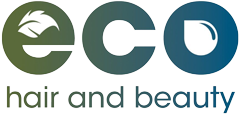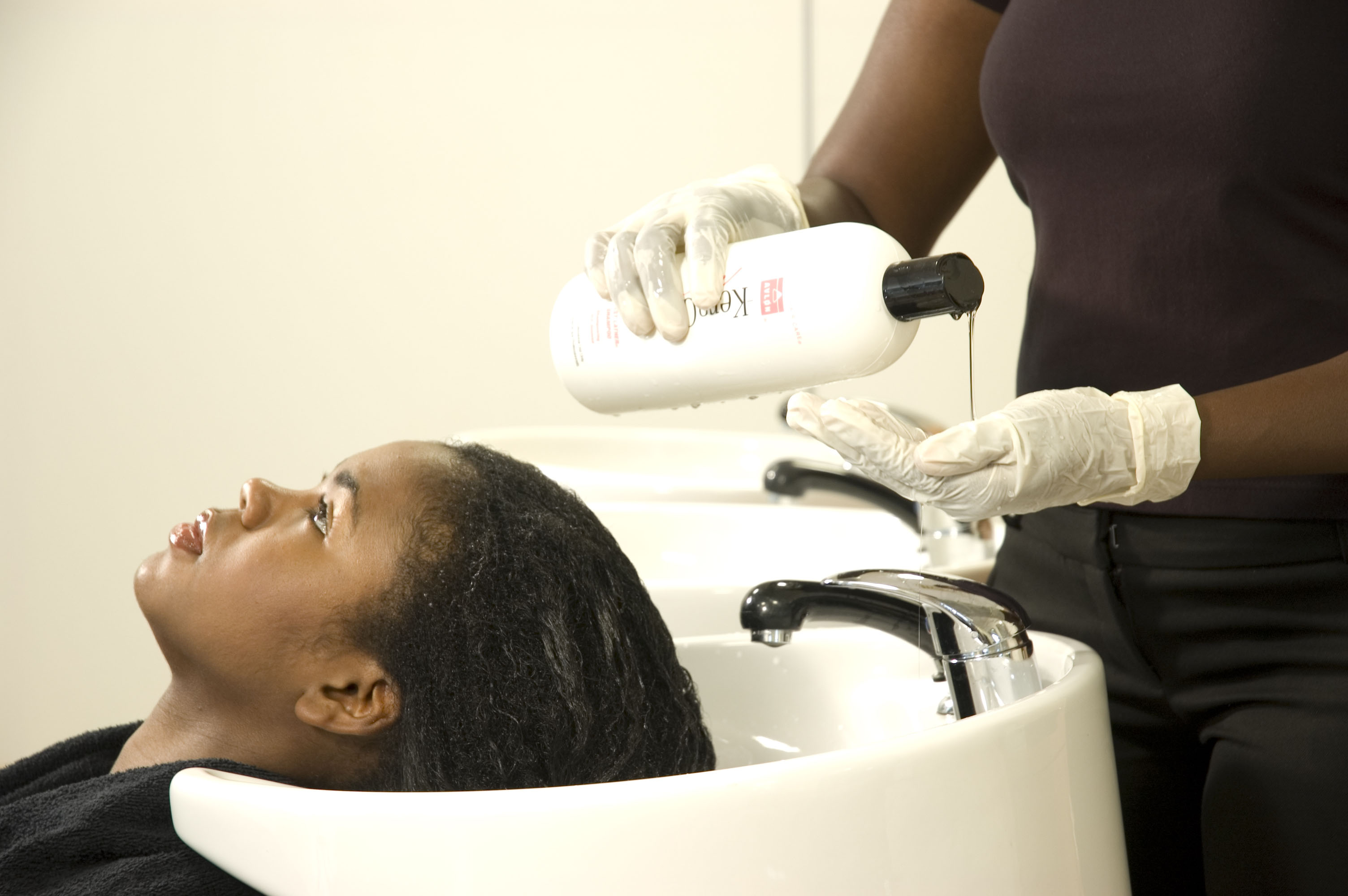The History of Shampoo
The use of shampoo can be traced back to the 1500’s where a natural mixture of fruit, herbs and flowers were used in India. Fast forward to the 1920’s and shampoo had spread to Europe and evolved into soap bars. Although bars were more practical at the time they also contained many ingredients that were irritants to the scalp. The frequency of shampooing did not resemble our grooming habits today and instead of a daily routine it was more likely to be a weekly, if not a monthly occurrence.
In the 1930’s something pioneering happened and liquid shampoo was launched by Edward J. Breck which was similar to the products that we have today. However, during this time shampooing the hair was not a simple task as households did not have access to a hot water supply or in some cases no water supply at all! Water had to be heated over the stove and poured into a bath which took up a lot of time meaning that shampooing remained a weekly to monthly occurrence despite the improvement in shampoo products.
It wasn’t until the 1980’s that our hair care routines began to change in the United Kingdom as a whole, as hot water systems and showers became more and more common in households. As our hair care routine changed so did the shampoo market, and the ease of shampooing saw shampoo that was designed to tackle ‘greasy’ hair diminish and the rise of shampoo for frequent use emerge on to the market.
As hair care routines have changed, we as a nation have taken more interest in how our hair smells, looks and feels, bringing with it the wave of countless shampoo brands. Our haircare obsession in the United Kingdom is worth almost £1.5 billion! As the economic climate in the UK has improved, sales of shampoo and conditioner have risen and in 2014 alone there was 4% rise in the sales of shampoo and a rise of 5% for conditioners.
The general function of shampoo itself is to remove dirt or soils from the hair and scalp. However, it can also target specific problems such as easing scalp conditions such as dandruff, while others have evolved to improve hair condition and manageability with common claims including volumising, smoothing and colour protection. Recommending a shampoo that is suitable to a client’s hair and scalp needs is an important aspect of a hair stylist’s role. Suitable advice can help to improve the condition of a client’s hair and scalp, whilst helping them to maintain their style and colour at home. Home care advice can also help clients to reduce their carbon footprint as they may need to shampoo their hair just once instead of twice which can save water and energy. Using a shampoo that is too heavy for certain hair types can also lead to over-shampooing hair to compensate for common problems such as greasiness, lankness and flat hair. Prescribing a suitable shampoo can help clients to reduce the frequency of shampooing which can also save water and energy.
Hair Damage caused by Grooming
Hair damage is a very broad topic and can be linked to multiple causes, but it can generally be broken down into four modern day categories;
• Mechanical (such as combing)
• Chemical (such as bleaching)
• Photochemical (UV damage)
• Heat damage (such as blow drying)
There is a general understanding that shampooing the hair too often is bad for both the hair and the scalp, but why is this? The grooming process can actually cause damage to the hair at every stage; when the hair is being shampooed which causes the hairs to rub against each other, when combing wet hair, when towel drying and when blow drying. The next section of this article describes and illustrates what happens at each stage of the shampooing process.
Stage 1; shampooing
Rubbing hairs against each other during the lathering stage of the shampooing process is known to accelerate cuticle wear and fragmentation. Hair is at its weakest when it is wet or damp, therefore the grooming process makes it vulnerable to abrasion which can cause the fibres to break, chip and split.
=

Note how the scales are chipped on the cuticle
Stage 2; detangling
Knots in the hair decrease the strength of the hairs fibre more than anything else, advise clients to comb their hair with a wide tooth comb when they have worked conditioner through their hair. To minimise damage further recommend that hair is combed from the ends upwards.
=
Stage 3; styling
Vertical cuticle cracks are associated with blow drying the hair as shown on the picture below. Hair driers can be very damaging to the hair and professional models can reach temperatures of up to 80-100°C. In addition, once the hair is dry many clients will style their hair with other heated appliances which will damage the hair further. Hair that has been exposed to high heat such as straightening produces a bubble effect on the cuticle.
=
Hair Damage caused by the Ingredients in Shampoo
Many shampoos contain an ingredient known as sodium lauryl sulphate (SLS). This is responsible for making the shampoo lather in the hair but it is also used in manufacturing and construction industries to clean machinery due to its ability to cleanse and degrease. It is a cheap detergent yet its inclusion in shampoo is widespread and research has proven that it can cause lifting of the cuticles, whilst stripping the hair and scalp of natural oils.
The hydro-lipid layer has two primary functions; to hydrate and protect, it contributes to the hairs elasticity and is an important part of keeping the cuticle scales attached to the hair shaft.
Shampooing the hair with products containing sulphates is responsible for dissolving and disturbing lipids on the outside of the hair shaft and within the cuticle layer. If the hydro-lipid layer is lost the hair loses moisture and looks dull, it can become porous and rough to touch as well as being vulnerable to breakage.
Recommendations to improve shampooing procedure, hair condition and environmental issues
Recommend a Suitable Product
Listening to the problems that a client is having with their hair and understanding their home-care routine will help a hair stylist to identify if the client is using the wrong shampoo and recommend a more suitable one. Using the wrong product can result in excessive shampooing and conditioning which can lead to increased damage to the hair and the environment.
Eliminate Sulphates
Recommend sulphate free shampoo or cleansing conditioners to avoid detergent damage to the hair and removal of the scalps natural sebum. Co-washing is a great way to reduce the friction caused by shampooing twice followed by conditioner. Cleansing conditioners as they are also known replace shampoo and conditioner which reduces the amount of friction and sulphates that the hair is exposed to.
Use the right amount of shampoo
Shampoo should be used in small amounts, both at home and in the salon, it is generally agreed that a 2-3cm (about the size of a 10 pence piece) portion of shampoo will clean the hair and scalp. This can help to save the salon and client money whilst following manufacturer’s guidelines can deliver better results and save resources.
Shampoo Less
The general guidelines on shampoo bottles are to; lather, rinse and repeat but is that really necessary for all clients? Consider the problems that a client is having with their hair, could shampooing less be part of their solution? Not only will they save time, they will benefit financially through reduced energy bills and consumption of detergent they will have improved hair condition and be helping the environment too.
Dry Shampoo
The whole shampooing process encourages hair damage, from the friction caused by applying and distributing shampoo to the combing of wet hair to blow drying and styling. Opting for dry shampoo in place of shampooing can reduce the damage that is inflicted upon the hair during this process and protect the hydro-lipid layer.
Reduce Heat Exposure
Reduce blow drying time which exposes the hair to high temperatures by blotting excess water from the hair and applying a serum which will protect hair from the heat and speed up blow drying time. Easydry towels are eco friendly towels which can be used in the salon and are super absorbent and can also help to speed up blow drying time.
Following these recommendations can result in healthier scalp and cuticle condition.











